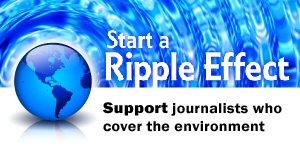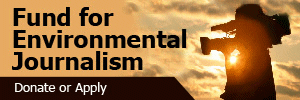Rethinking Forest Management in the Pyrocene

Recent urban-interface infernos, fueled by climate change, leave no doubt that we have entered the age of runaway fire. Writer and ecologist Lauren Oakes writes that large-scale combustion is permanently reshaping ecosystems and societies as we learn to live with wildfire, not just fight it. Instead of perpetuating problematic approaches to forest management, experts call for confronting the root causes of this crisis and adopting science-informed responses.




















 Advertisement
Advertisement 



